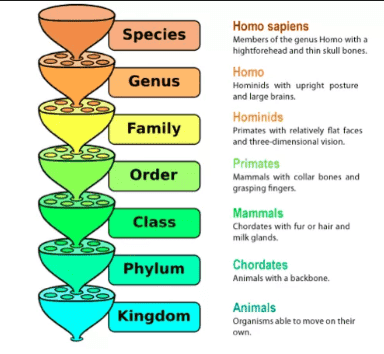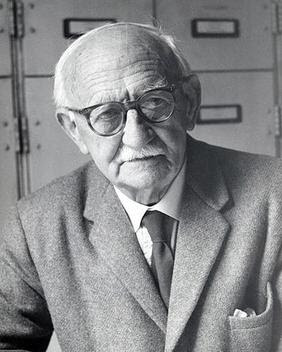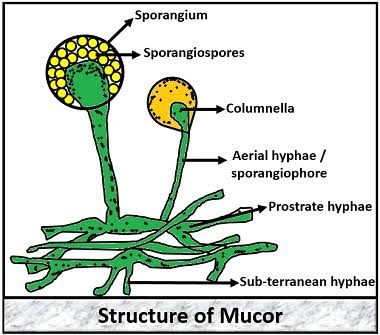We wear clothes made up of different types of fabrics. Fabrics are made from different types of fibres. A fibre is a strong and flexible thread-like material that is used to make fabric.
Types of fibres
There are two kinds of fibres-
a) Natural fibres and
b) Human-made or synthetic fibres.
1. Natural Fibres
Fibres obtained from plants and animals are called natural Fibres. Cotton, just and linen are examples of plant fibres. Wool and silk are examples of animal fibres.
2. Human-made or Synthetic Fibres
Fibres obtained through different chemical processes in the industries are called Human-made or synthetic fibres. Synthetic Fibres are prepared using raw materials of petroleum origin called peteochemicals. Raylon, nylon and terylene are some Human-made or synthetic fibres.
Nature of synthetic fibres
Take a necklace of beads and carefully observe it. You find that a large number of beads are joined together to form a necklace.
Take about 12 paper clips and join them together to make a long chain. In both the examples, a large number of beads or clips are joined together to form a long chain. So, beads or paper clips are smaller units that join together to form a large unit. The smaller units are called monomers and the large single unit is called a polymer.
A polymer is a very large unit formed by the combination of a large number of smaller molecules (called monomers) joined end to end by chemical bonds. The word polymer came from two Greek words, poly means many and mer means repeating units.
Polymerisation is a process of joining together a large number of smaller molecules (monomers) to form a very large molecule (polymer).
Natural fibres are also polymers. Cotton fibre is a polymer made up of cellulose. It is made up of many glucose monomers.
Similiarly, nylon is prepared by the polymerisation of amide molecules.
Types of synthetic fibres
There are two types of synthetic fibres. Some of them are Raylon, nylon, polyester and acrylic fibre.
1. RAYLON
It is a synthetic fibres prepared by the chemical treatment of wood pulp. These fibres are spun into yarn and then woven into fabric. It is also called artificial silk because it resembles silk in appearance. It absorbs sweat and thus, can be comfortably worn in summers.
Uses of Raylon
- It is used in texile industry for making fabrics.
- It is mixed with cotton to make bed sheets, dresses, aprons and caps.
- It is mixed with wool to make beautiful and durable carpets.
- It is used to manufacture Tyre cords.
- It is used for making bandages and lints for surgical dressing of wounds.
2. NYLON
Nylon is the first synthetic fibres made by humans, it is a polyamide fibre (polymer) prepared by joining a large number of amide molecules (monomers).
Nylon is very strong, lustrous, highly elastic, extremely fine, lightweight, easy to wash, wrinkle free, does not absorb water and is resistant to fungi and moths. It remains insoluble in most of the common solvents.
Uses of nylon
- Due to its high tensile strength, nylon fibre is used for making fishing nets, climbing ropes, parachute fabrics, strings for sports racquets and musical instruments, bristles for tooth brushes and paint brushes.
- Wool blended with nylon is used to make socks, suits and carpets.
- It is used the production of textiles like sari, shirts, neckties and other garments.
- It is widely used for making parts of machines such as washers, pulleys, etc.
3. POLYESTER
It is a polymer made up of repeating units of an organic chemical called an ester. ( esters are the chemicals that give fruity smell.)
Terylene, terene and dacron are some examples of polyesters fibres. Terylene forms terrycot when mixed with cotton and terrywool when mixed with wool.
Polyester can be drawn into very fine fibres that can be woven like any other yarn. Polyester is lightweight, strong, elastic, absorbs little amount of water, dries quickly after washing and is wrinkle-free.
Uses of polyesters
- Polyester fibres are used for making ufacturing sari, dress materials and curtains.
- It is used for making sails for sial boats.
- It is used for making water hoses for fire-fighting operations.
- It is used for making conveyor belt sushi.
- Terrycot is used for making shirts, trousers and other dress materials.
- Terrywool is used for making suits.
4. ACRYLIC FIBRES
Acrylic fibres is a synthetic fibre made from a polymer called polyacrylonitrile. Acrylic fibre is lightweight, soft and warm with a wool-like feel. It can be dyed with different colours.
Uses of acrylic fibres
The wool obtained from natural sources is quite expensive, whereas clothes made from acrylic fibres are relatively cheap. Acrylic fibres are used for making sweaters, shawls, blankets, jackets and cushions.
ADVANTAGE OF SYNTHETIC FIBRES
- High tensile strength : Synthetic Fibres are very strong and have high tensile strength (as they can hold large amount of weight without breaking) in comparision to natural fibres like cotton and wool.
- Low water absorbing capacity : Synthetic fibres absorb very little amount of water (Moisture). Due to this, a wet clothes of synthetic fibre dries out rapidly. Synthetic fibres are said to process drip-dry property. Natural fibres, like cootton, wool and silk, absorb a large amount of water. So, they do not dry out rapidly.
- Abration-resistant- Most of the synthetic fibres have a high abrasion. So, clothes made of synthetic fibres are long lasting or durable. Natural fibres have low abrasion resistance. So, they are less durable.
- Less expensive: Synthetic fibres are less expensive and more affordable than the natural fibres.
- Good elasticity: Most synthetic fibres are fairly elastic. They can be stretched or compressed to some extent and on releasing the force, they regain their original shape and size. For example, socks made of nylon retain their shape even after repeated use. Natural fabrics are not fairly elastics as compared to synthetic fibres.
Disadvantage of synthetic fibres
- Melt and burn easily: Synthetic fibres catch fire more rapidly than natural fibres.synthetic fibres on catching fire shrink formating beads that stick to the skin. Therefore, it is not advisable to use clothes made from synthetic fibres while working near flame/fire, such as, in kitchen.
- Non-biodegradable: Synthetic fibres are non-biodegradable. Therefore, they cause soil pollution.
- Uncomfortable during summer: Most of the synthetic fibres absorb very little moisture. I. Hot and humid weather when we sweat, the sweat is trapped between the fabric and our skin. So, the synthetic fabric sticks to the body when the body sweats and makes the wearer uncomfortable.
- Develop skin problems: Synthetic fibres may cause some skin diseases (like eczema) in some people.

























